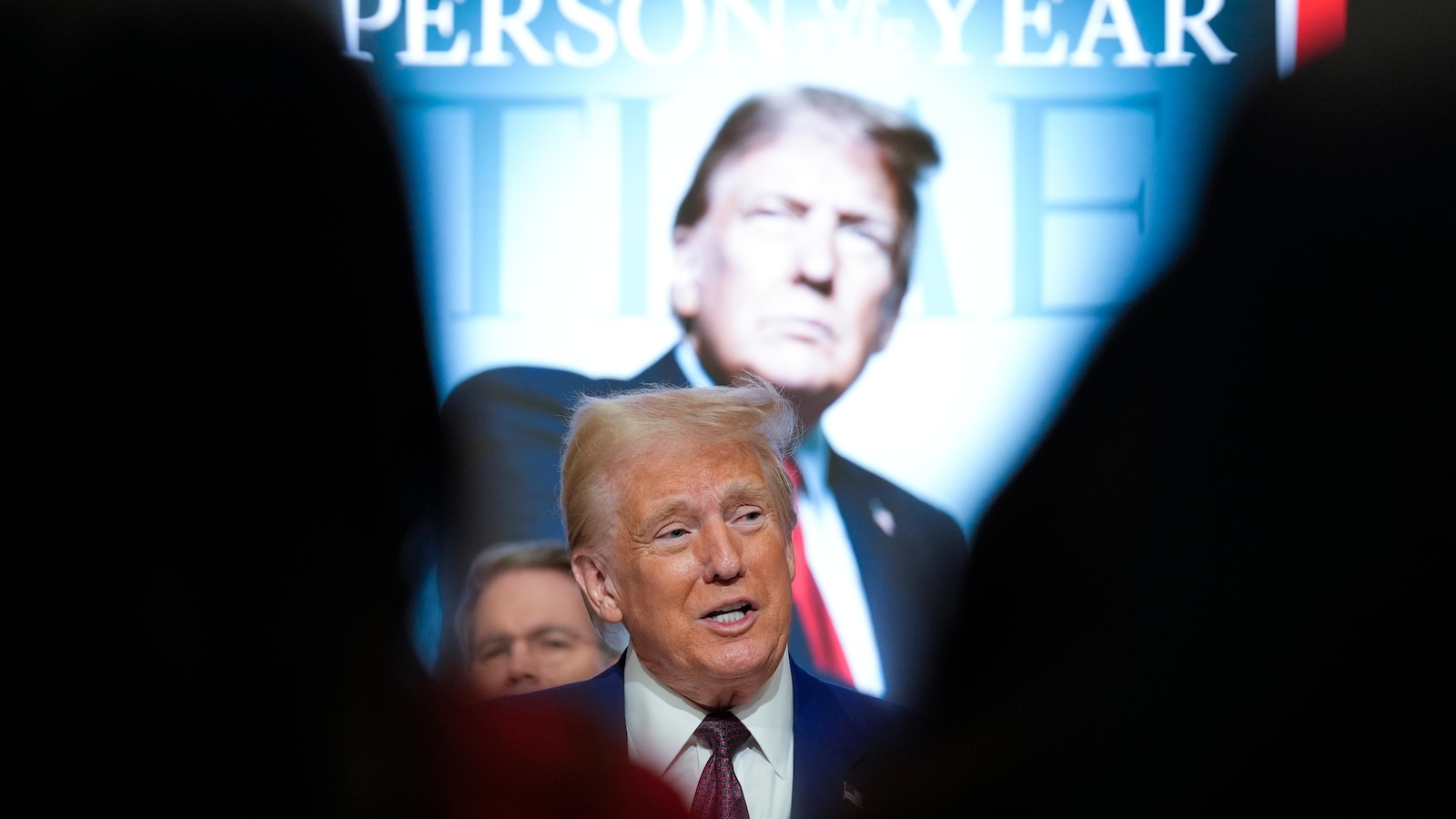Introduction
In a move that has reignited national debate, President-elect Donald Trump has proposed the abolition of daylight saving time (DST) in the United States. Describing the practice as “inconvenient” and “very costly to our Nation,” Trump announced his intentions on December 13, 2024, via his social media platform, Truth Social. This proposal has prompted discussions about the relevance of DST in contemporary society and its implications for various sectors.
Historical Context of Daylight Saving Time
Daylight saving time was first implemented during World War I as a means to conserve energy by extending daylight hours. The United States adopted DST in 1918, and after several adjustments, the current schedule—beginning on the second Sunday in March and ending on the first Sunday in November—was established under the Energy Policy Act of 2005. Despite its longstanding presence, DST has been a subject of contention, with debates centering on its actual benefits versus the inconveniences it imposes.
Arguments for Abolishing Daylight Saving Time
Health Implications
Critics of DST argue that the biannual clock changes disrupt circadian rhythms, leading to sleep disturbances. Studies have linked these disruptions to increased risks of heart attacks, strokes, and a rise in workplace accidents following the spring transition. The American Academy of Sleep Medicine advocates for the adoption of permanent standard time, citing alignment with human biological rhythms.
Economic Considerations
Opponents also highlight the economic costs associated with DST. A study estimated that the practice costs the U.S. over $430 million annually due to health impacts and reduced productivity. The adjustment period following clock changes can lead to decreased efficiency and increased error rates in the workplace.
Public Opinion
Public sentiment appears to favor eliminating the biannual time changes. A 2021 AP-NORC poll revealed that 75% of Americans oppose the practice, preferring a consistent time year-round. This widespread disapproval has led to legislative actions in various states aiming to end DST.
Arguments for Retaining or Modifying Daylight Saving Time
Energy Conservation
Proponents of DST argue that extending daylight hours reduces the need for artificial lighting and can lead to energy savings. However, recent studies suggest that the actual energy conservation benefits are minimal, calling into question one of the primary justifications for DST.
Economic and Social Benefits
Supporters also contend that longer daylight hours in the evening boost retail sales and encourage outdoor activities, benefiting the economy and public health. The extra hour of evening daylight is believed to enhance quality of life by providing more time for recreation after work or school.
Legislative Efforts and Regional Differences
The debate over DST has led to various legislative efforts. In 2022, the U.S. Senate unanimously passed the Sunshine Protection Act, aiming to make DST permanent; however, the bill stalled in the House. Some states, such as Arizona and Hawaii, do not observe DST, while others have passed legislation to adopt permanent DST, pending federal approval. This patchwork approach reflects regional preferences and the complexities involved in altering time observance practices.
Potential Impacts of Abolishing Daylight Saving Time
Health and Well-being
Eliminating DST could lead to improved public health outcomes by providing a consistent schedule that aligns with natural circadian rhythms. This consistency may reduce sleep-related health issues and improve overall well-being.
Economic Effects
The economic impact of abolishing DST is subject to debate. While some sectors may benefit from reduced disruptions, others that rely on extended evening daylight, such as retail and tourism, might experience declines. A thorough economic analysis would be necessary to understand the full implications.
Social and Lifestyle Considerations
Changes to time observance can affect daily life, including work schedules, school start times, and leisure activities. The public’s adaptability to a new time structure would play a significant role in the success of such a transition.
Conclusion
President-elect Trump’s proposal to abolish daylight saving time has brought renewed attention to a longstanding issue. Balancing health considerations, economic impacts, and public preferences will be crucial in determining the future of time observance in the United States. As the nation deliberates this potential change, it reflects broader questions about how societal practices evolve in response to contemporary needs and scientific understanding.
For more information on the history and debates surrounding daylight saving time, you can visit the Wikipedia page on DST in the United States.
Explore our in-depth analysis on related policy changes and their implications here.
See more BBC Express News

